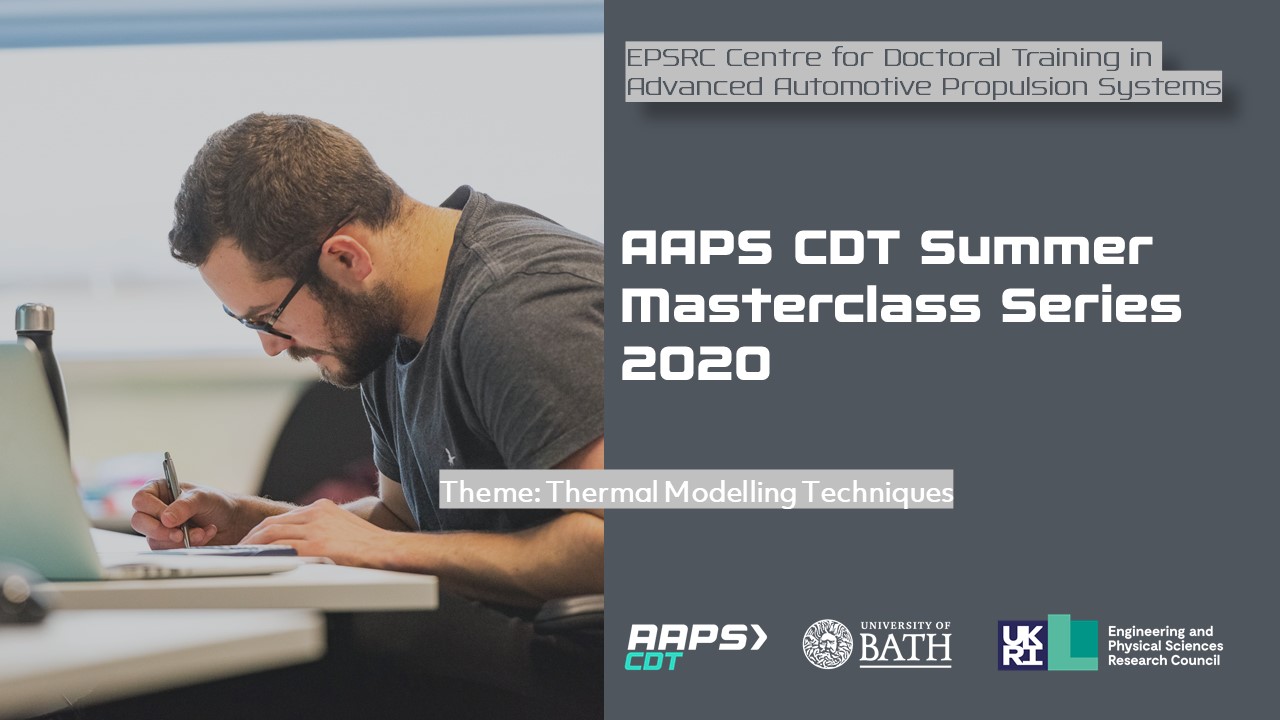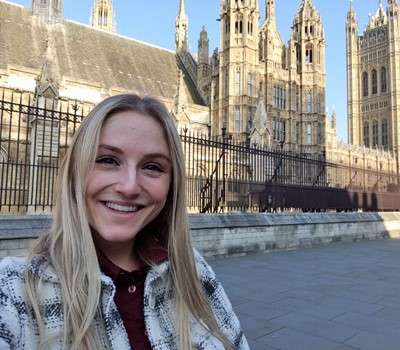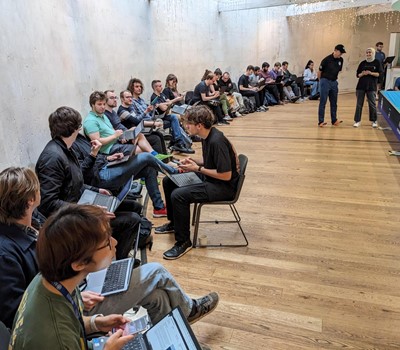September 16 2020

Earlier this year the AAPS CDT hosted a number of Summer School Masterclasses, open to both the AAPS CDT students and the wider IAAPS research group. This was the first year of the AAPS Summer School; the topics of the four sessions were all based around thermal modelling techniques.
Richard Burke kicked things off on 23rd July with and introduction to turbochargers and engine thermal modelling. Starting with a general overview of turbochargers and how to model them, we proceeded to run several steady-state and transient adiabatic turbomachinery Simulink simulations whilst studying the effects of backpressure and inertia on efficiency and turbo lag. The model was then developed further to allow for the inclusion of heat transfer before re-running the simulations to evaluate the effects of heat related losses on performance. The afternoon session included an introduction to engines and engine modelling in both Simulink and Ricardo Wave. A pre-built turbocharged engine model in Ricardo Wave was used to explore the effects of various intercooler and turbomachinery heat transfer parameters on engine performance. Overall, this masterclass provided an excellent overview of engine and turbocharger modelling techniques whilst giving invaluable experience working with a variety of different simulation software.
The second masterclass, held on 24th July, was on the topic of electric motor modelling run by Zhongze Wu. After a brief introduction to a variety of different electric motor architectures we were shown how to model electric motors within ANSYS Maxwell. Having followed the tutorial, we could then evaluate the electromagnetic performance of our own PM electric motor model within the software package. This allowed us to understand the effects of current angle, phase current and temperature on PM motor torque production. We were then introduced to different loss mechanisms present in electric motors and shown how to simulate them within ANSYS Maxwell. During the afternoon, we learnt about Lumped Parameter Thermal Modelling (LPTM) with a case study on Axial Flux Permanent Magnet (AFPM) Machines. Using a pre-existing MATLAB/Simulink based LPTM model of an AFPM machine from prior work by Richard Burke, we were able to examine the influence of housing and PM area and copper, iron and PM losses on magnet and winding temperatures. Overall, this masterclass gave a brilliant introduction to various electric motor architectures whilst providing the extremely beneficial opportunity to utilise two different software packages to evaluate both the electromagnetic and thermal performance of PM machines.
The final two masterclasses were both by Peter Wilson, taking place on 30th and 31st July, respectively. The first masterclass gave an overview of three different modelling domains within SaberRD: Electrical, Mechanical and Thermal. We constructed a basic model for each of the three domains and simulated various typical scenarios, allowing us to solidify our knowledge whilst gaining experience working in SaberRD. We were then introduced to the concept of multiple domain modelling and the numerous challenges associated with it before putting it into practice within SaberRD. Tasked with creating an electro-mechanical model of a simple electric vehicle, we first had to determine the required components before breaking them down into individual electrical and mechanical subsystems. Having completed this, we started modelling the electrical subsystem by creating a battery model using in-build lead acid battery models within SaberRD. A basic model of a DC motor controller was created using an in-built power converter model coupled to an LC filter. Preliminary tests of the electrical subsystem were then undertaken to ensure correct operation. The mechanical subsystem comprised of a fixed gear ratio drive belt coupled to a vehicle dynamics block. A standard in-built brushed DC motor model was parametrised and added to the model, forming the basis of the interface between the two subsystems. Having now created a multi-domain model of an electric vehicle, a basic drive cycle was created to both determine the performance of the vehicle and evaluate the sensitivity of vehicle performance to an array of different parameters. The second masterclass focused on advanced simulation and analysis techniques. An RLC circuit was created and parameterised with variables to allow for evaluation of the effects of component values and tolerances on the output behaviour. Having completed a parametric sweep analysis of the variables, we set up a Monte Carlo analysis allowing us to examine the effects of different distributions of component variations due to defined tolerances. We proceeded to perform statistical analysis of the results to understand how the normal distribution of component values influence circuit behaviours. This also allowed us to quantify the predicted percentage of real-world component combinations that would yield circuit behaviour outside of the accepted or prescribed operating bounds. Overall, these two masterclasses provided an excellent introduction to multi-domain modelling techniques whilst providing useful experience and showcasing the abilities of the SaberRD software package.
For me personally, the AAPS Summer School was one of the academic highlights of the year, and a great way to finish the MRes year off. To be able to gain experience working with various advanced software across a multitude of modelling domains has not only been exceedingly beneficial but also immensely rewarding. The skills that I have learnt over the summer school will no doubt prove advantageous over the course of my PhD and beyond. I look forward to seeing what the AAPS Summer School brings next summer!

28 February 2024

18 January 2024

29 November 2023

13 November 2023

© Copyright 2024 AAPS CDT, Centre for Doctoral Training in Advanced Automotive Propulsion Systems at the University of Bath